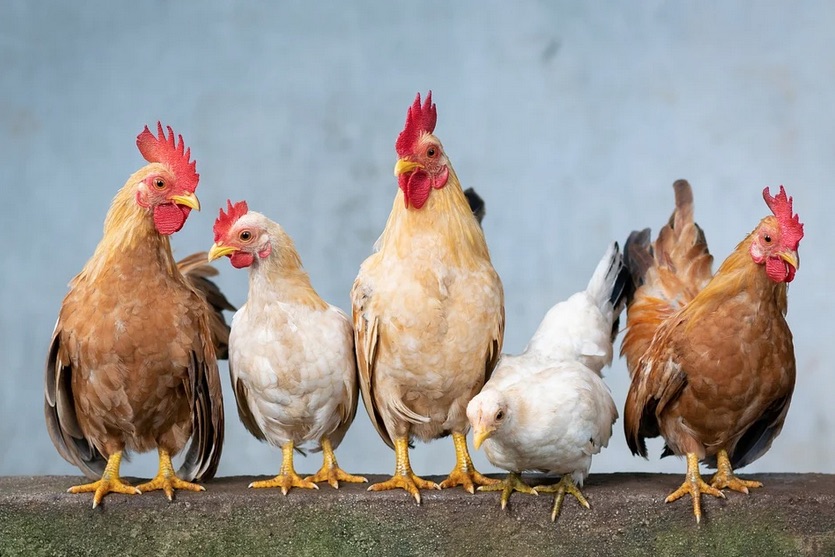- Read offline
- Access all content
- Use the in-app Map to find sites, and add custom locations (your hotel...)
- Build a list of your own favourites
- Search the contents with full-text search functionality
- ... and more!
poulet
chicken

The French claim the finest chickens in the world, the volaille de Bresse. Little ones, or spring chickens, are poussins; a coquelet is a young rooster; a young hen is poulette.
A stuffed spring chicken might called a crapaud farci (stuffed toad!)
A coq is a cockeral, who might end up in coq au vin; a poule is a laying hen or older bird, perfect for a poule au pot. Pout if anyone calls you a poule mouillée (‘wet hen’)—a wimp.
Poularde and Chapons are plump neutered birds, often served on the holiday table.
A poulet jaune is a chicken that was fed partly on maize; they tend to be fatter than a poulet blanc, fed on wheat and alfalfa. A poulet fermier was raised on a farm rather than in a factory; elevée en plein aire means free range.
Chicken parts
Images by danghanfoto, mon marche

